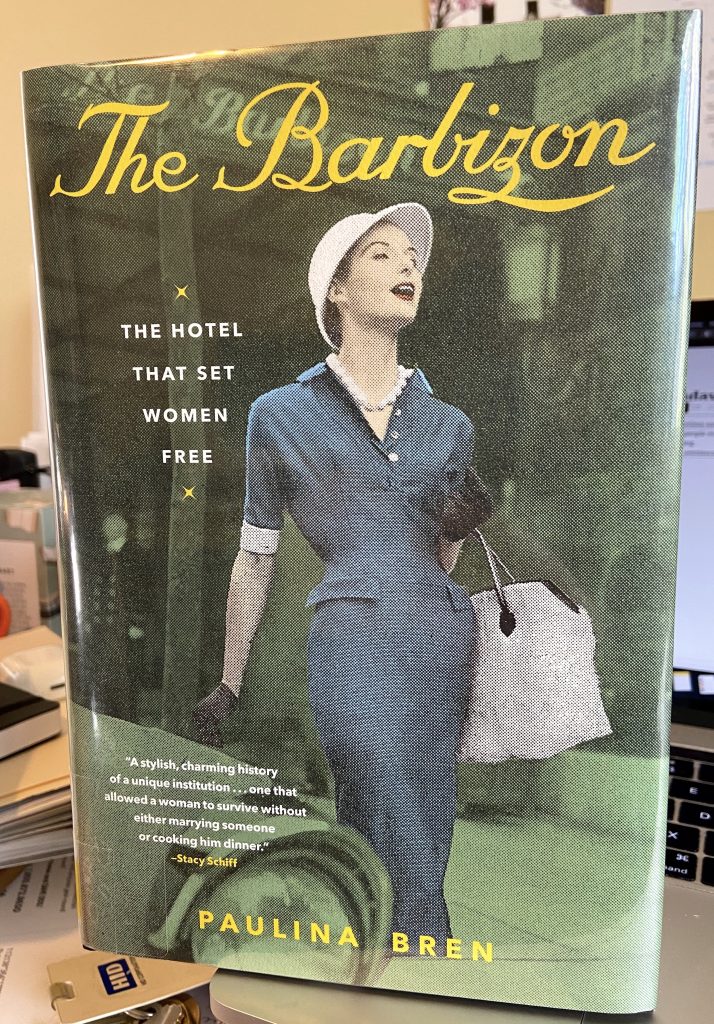The Barbizon is a chronicle of a particular time and place in America. The time is after the first wave feminists have won women the right to vote, but before Federal policies designed to move (white) people out to the suburbs decimated urban America in the 1970s. The place is The Barbizon Hotel, an upscale women-only boarding house not quite in the Upper East Side of Manhattan. Only some meals were included, but housekeeping always was, to allow you to pursue your dreams.
The hotel was meant to be a safe space for attractive, white, middle and upper-middle class young unmarried women. A place for them to come to New York City, to get a career, usually as a model, actress, writer, or a secretary. A place for them to stay that was safe, where their parents wouldn’t worry about them. Grace Kelley stayed there, and so did Sylvia Plath and Joan Didion.
And it largely worked: it gave women a space to come to New York City, to be adventurous within a restrictive society’s boundaries, to explore who they wanted to be, at least if you were of a certain type. There is some mention of the restrictiveness of who was allowed to stay there; the final chapter, about the hotel as NYC fell into the 1970s and the future, could examine more about how The Barbizon was a product of its time and it was no longer its time.
I really enjoyed the book. The Barbizon Hotel has a certain imprint on movies and books – if you’ve read The Bell Jar, you’ve read a depiction of the hotel – and it was good to get a grounding on what it really was, how it worked, how it allowed freedom for some and what that freedom really looked like.
